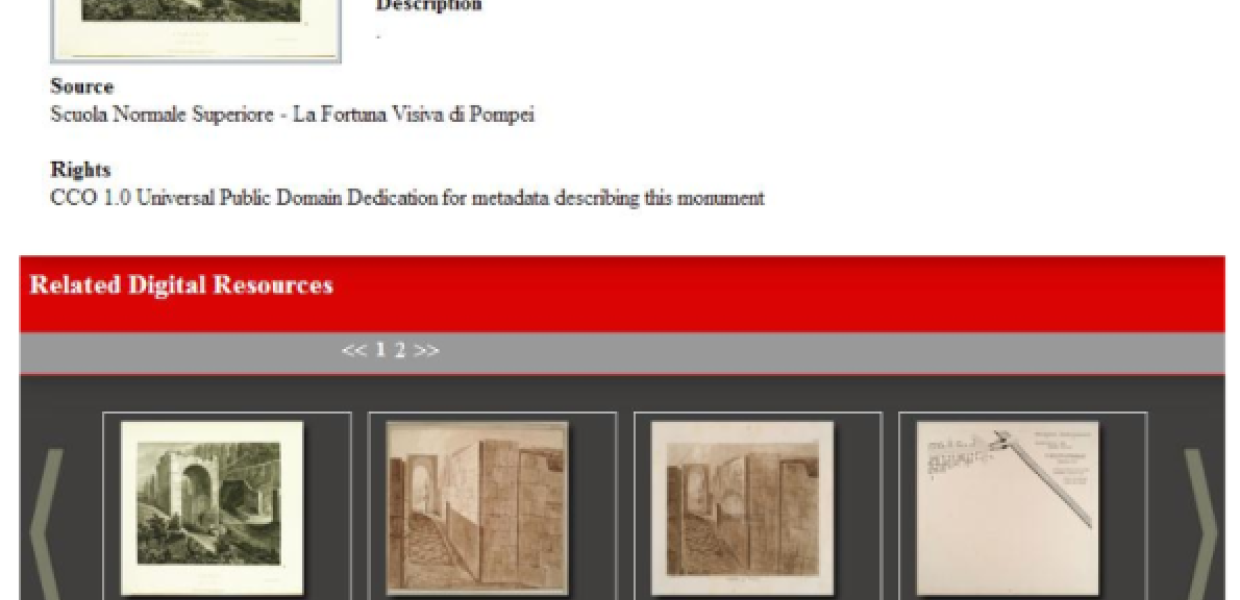Report on EDM mappings, refinements and extensions

Guest blog by Valentine Charles (Europeana Foundation) and Marlies Olensky (Humboldt-Universität zu Berlin).
The Task Force working on Europeana Data Model (EDM) mappings, refinements and extensions is pleased to announce that its report is now available.
The Europeana Data Model (EDM) plays an important role in Europeana's network of projects and providers. The number of contributing data providers is steadily increasing within this network and with this, the number and variety of metadata formats, schemas, etc. that Europeana has to integrate. Many projects and partners have been working on mappings as a way to enable metadata interoperability with other Europeana metadata, making decisions based on domain-specific requirements and possibilities offered by the EDM model.
Since the creation of the EDM, Europeana data providers have carried out many mappings and defined necessary refinements or extensions. During the past six months, the Task Force has collected all of these in order to create a complete overview of how EDM interoperates with data providers’ metadata schemas. We have divided the contributions into the following categories:
- Mapping to EDM: Any kind of specification (e.g., a concordance table) of relationships and equivalences between two metadata formats or models, i.e. in our case between EDM and another metadata schema.
- Refinement of EDM or EDM application profile: Any kind of specialisation of EDM to meet the specific needs of a data provider.
- Extension to EDM: Required when existing EDM classes and properties cannot represent the semantics of providers’ metadata with sufficient details.

Example of metadata in Carare's system to be ingested into Europeana
The survey run by the Task Force highlighted some particular issues that data providers have to cope with while defining mappings from their metadata formats to EDM. This mapping exercise can be translated into a series of decisions made at various levels in the metadata records (e.g. creation of identifiers, creation of rich contextual resources). The Task Force has detailed these cases in the report based on examples provided by its members.
The Task Force hopes that its work will benefit the different actors contributing metadata to Europeana. Sharing and documenting the mappings, refinements and extensions within the Europeana Network should guarantee a good interoperability of metadata and a high-level of metadata quality in Europeana.
Download the Task Force’s full report
We thank all the members of the Task Force for their contributions to this report:
Alessia Bardi (HOPE), Amy Rudersdorf (DPLA), Antoine Isaac (Europeana Foundation), Erik Mannens (DCA), Esther Guggenheim (Judaica and DM2E), Eva Coudyzer (Linked Heritage and AthenaPlus), Gerda Koch ( OpenUp!), Henk Vanstappen (Europeana Fashion), Jean-Pierre Evain (EUScreen), Kate Fernie (CARARE and 3DIcon), Kerstin Arnold (APEx), Marko Knepper (Judaica and DM2E), Pierfrancesco Bellini (ECLAP), Rodolphe Bailly (MIMO), Regine Stein (Linked Heritage, Partage Plus, Europeana Inside and AthenaPlus), Sam Coppens (DCA), Stefanie Ruehle (German Digital Library and Europeana Libraries), Stefanie Gehrke (Europeana Regia), Steffen Hennicke (DM2E).
